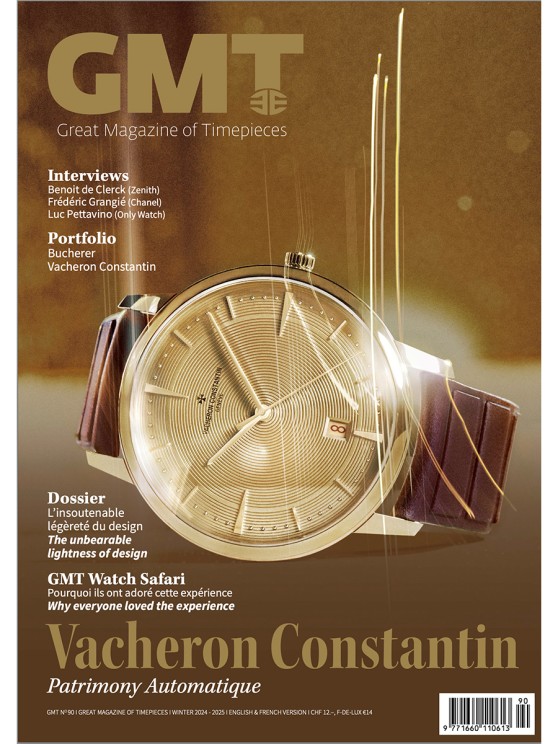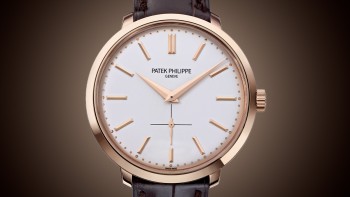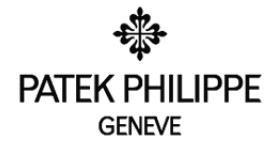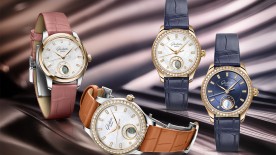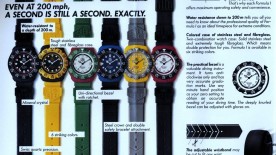"Form follows function": the principle laid down by the architect Louis Sullivan, considered to be the founder of functionalism, could suffice to describe the path taken by Patek Philippe in defining the territory of expression of the Calatrava. Yet one could just as easily add the phrase ‘Less is more’ attributed to Ludwig Mies van der Rohe, the originator of minimalist design. These words resonate powerfully in this timeless model, launched at a time when the round watch was the exception.
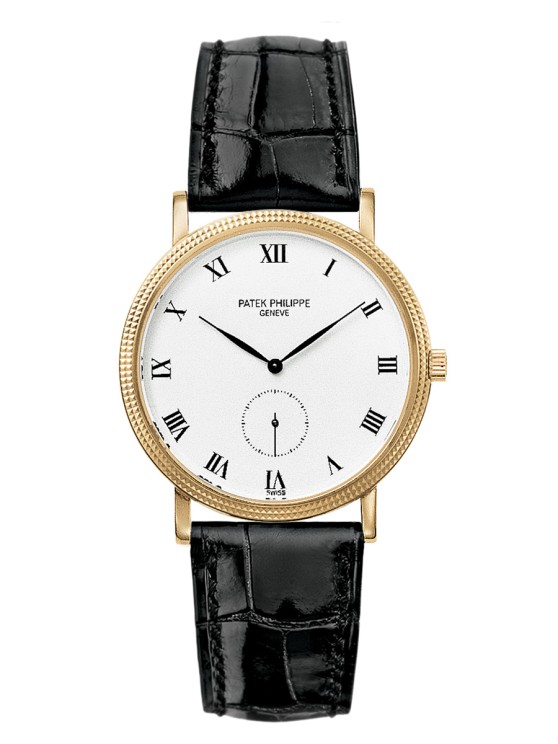
In a radical departure from the Art Deco-inspired watches of the 1920s, Patek Philippe, which the Stern family had just rescued from bankruptcy, opted for understated restraint, a choice that was far more complex than it might seem. The history of the Calatrava began in 1932 with Reference 96. With this timepiece, Patek Philippe made a clear statement regarding its affinities with the Bauhaus school of architecture and applied arts. A 30.5mm round case, a dial reduced to essentials, punctuated only by a small seconds hand at 6 o’clock, beveled hour-markers swept over by Dauphine-type hands and an in-house manual-winding movement, Caliber 12-120: what more could one ask of this watch, destined to find its way through the century while establishing itself as the archetype of the classic watch, impervious to the whims of fashions, seasons and trends?

Variations on simplicity
While Reference 96 would remain an absolute benchmark throughout the history of the Calatrava (officially thus named in 1982), Patek Philippe was quick to provide it with descendants by introducing multiple aesthetic and technical variations, all inspired by the original model. The diameter was enlarged to 35mm in 1938, and the size evolved over the decades with each new movement: manual-winding, self-winding (like Reference 2526 launched in 1953, which was Patek Philippe’s very first self-winding model), ultra-thin or equipped with complications. On the case side, a few stylistic adjustments distilled over time reinvented the aesthetics of the Calatrava. The guilloché Clous de Paris hobnail-pattern bezel quickly became a signature, while the Officer-style case, with its hinged cover and straight screwed lugs, appeared much later in 1989 to mark Patek Philippe’s 150th anniversary. As for the dial, the changes were made with the utmost delicacy. “The most difficult thing about a Calatrava is the dial”, says Thierry Stern, the brand’s President. “The cases pose no problem: I know how to make them, I grew up with them. But creating a beautiful dial is very complicated, because Calatrava has to be simple – and how can you innovate with a simple dial?”
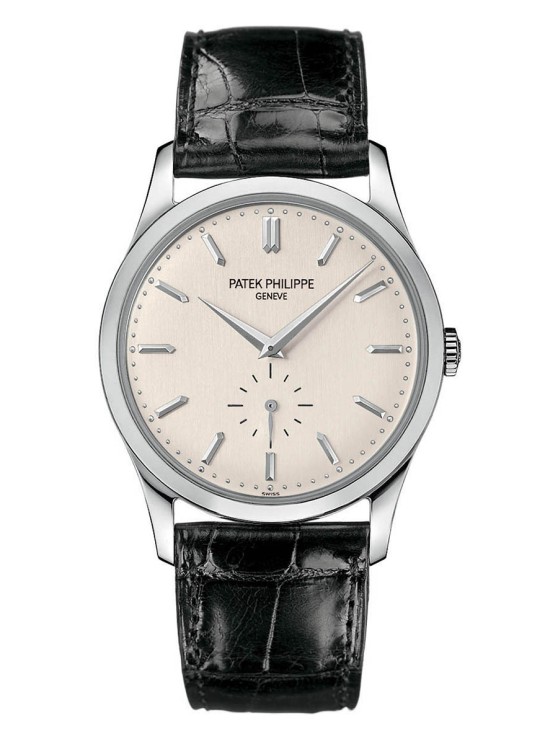
Details of major importance
Over the generations, more or less subtle changes would appear on the dial, often directly linked to the movement beating inside the case. The original small seconds hand is more or less discreet, positioned in a counter at 6 o’clock; or, with ultra-thin self-winding Caliber 240 PS, offset to between 4 and 5 o’clock. On some models, it is central. On others, it disappears or is replaced by a date aperture. As for the hands, they come in a variety of shapes: Dauphine, leaf or Breguet. A whole host of details that might seem insignificant, yet which significantly change the character of a watch as pared down as the Calatrava. “Every element has to be perfect, because with the Calatrava, you know at a glance whether the design is successful or not”, notes Thierry Stern. “It’s a difficult thing to explain, but when your eyes look at an object, your brain registers the details. Sometimes I don’t even know why I prefer this or that – it’s just a feeling. I look at the dial and it seems peaceful. That’s what I like about the Calatrava. The dial must be peaceful.” Peaceful and yet always in tune with the times, even if it means making a few bold moves in the current Patek Philippe collection. Graphic and contemporary, like Reference 6007G with its ebony-black dial featuring a carbon motif in the center. Precious and refined like Reference 4997/200R, adorned with diamonds and a purple dial bearing a concentric wave motif. A variety of different faces for one invariably elegant watch.
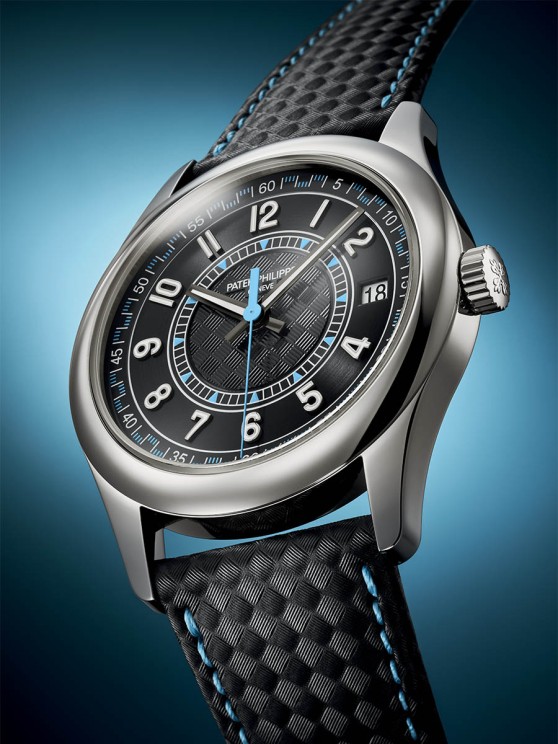
Because you are a WorldTempus reader, we are delighted to offer you the digital version of “GMT 90” which you can download here.
